An impressive carved granite kasuge lantern
Japanese, Meiji Period, 1868-1912 321cm.; 126ins high Japanese Gardens have intrigued and stimulated the West since the Portuguese and Spanish first visited Japan in the mid 16th Century. In 1639, however Japan expelled all foreigners and apart from a small amount of trade with the Dutch East India Company, Japan remained in its self imposed isolation for over 200 years until an American commodore, Matthew Perry, forced consular relations in 1854. This was swiftly followed by treaties with Britain, Russia and Holland. The opening of the Japanese ports gave rich, curious and intrepid Europeans and Americans the chance to travel. They returned home with stories, photographs and souvenirs of art styles and culture which was startlingly different from what they had seen before. The Universal Exhibition in London in 1862 followed by the Exposition Universelle in Paris in 1867 saw an explosion of interest in all things Japanese. Prints by Hiroshige and others caused great excitement amongst artists and intellectuals. Claude Monet had his own copy of Hiroshige~s Wisteria Blooms over Water at Kameido amongst a collection of ukiyo-e prints, and the famous bridge over the lily pond in his garden at Giverny is unquestionably Japanese in style. The most influential writer on Japanese gardens was undoubtedly Josiah Conder who first went to Japan in 1876, having previously worked for the great Victorian architect William Burges In 1893 his book Landscape Gardening in Japan was published in England and swiftly became the seminal book on garden design. In two volumes, copiously illustrated, it includes detailed sketches of the various forms of garden ornament including granite lanterns together with photographs of gardens in Japan. One of the best examples of the newly fashionable Japanese garden was that created in the grounds of Friar park near Henley on Thames, for the rich and eccentric Sir Frank Crisp. He had already built himself a miniature Matterhorn and rocky landscape complete with real chamois to display his vast collection of alpine plants. The Japanese garden was added in about 1906 following the rules for a |Hill Garden -Finished Style| in Conder~s book, as was the small and private garden at Cottered in Hertfordshire which was an entire garden turned over to the Japanese style, complete with a miniature mount Fuji. However most of the Japanese gardens constructed at the beginning of the 20th Century formed just a part of a much larger garden area. In 1910 the Japan-British Exhibition opened in London, held at the White City ground near Shepherds Bush and included two Japanese Gardens spread over 10,000 square yards. Amongst the exhibitors was The Yokohama nursery Company Ltd who displayed over 2000 plants and a collection of lanterns. Dozens of Japanese gardeners came to England for the exhibition, bringing with them plants, ornaments and buildings and many of them stayed on afterwards to create Japanese gardens including those at Tully House in County Kildare, Ireland and Tatton Park in Cheshire which after falling into decay was restored to its former glory. Other notable Japanese gardens include Compton Acres in Poole, Dorset which included a pavilion, summer house, lanterns, bronze cranes a torii arch and a waterfall tumbling into a large pool with sets of stepping stones. The whole cost the owner, T.W. Simpson some £220,000 in 1914, the equivalent of £3 million in 2000. Amongst the English retailers in the early 20th century selling Japanese garden ornament were Carters of London who offered solid granite lanterns ~direct from Japan from 8 to 25 guineas and weighing up to one ton~. Also Liberty~s, who prided themselves on their response to new and exotic styles and markets, in their 1910 catalogue, illustrated Japanese granite lanterns on the same page as terracotta planters designed by Archibald Knox Literature: Japanese Gardens in Britain by Amanda Herries, Shire books 2001 Garden Styles by David Joyce Pyramid books
An impressive carved granite kasuge lantern
Japanese, Meiji Period, 1868-1912 321cm.; 126ins high Japanese Gardens have intrigued and stimulated the West since the Portuguese and Spanish first visited Japan in the mid 16th Century. In 1639, however Japan expelled all foreigners and apart from a small amount of trade with the Dutch East India Company, Japan remained in its self imposed isolation for over 200 years until an American commodore, Matthew Perry, forced consular relations in 1854. This was swiftly followed by treaties with Britain, Russia and Holland. The opening of the Japanese ports gave rich, curious and intrepid Europeans and Americans the chance to travel. They returned home with stories, photographs and souvenirs of art styles and culture which was startlingly different from what they had seen before. The Universal Exhibition in London in 1862 followed by the Exposition Universelle in Paris in 1867 saw an explosion of interest in all things Japanese. Prints by Hiroshige and others caused great excitement amongst artists and intellectuals. Claude Monet had his own copy of Hiroshige~s Wisteria Blooms over Water at Kameido amongst a collection of ukiyo-e prints, and the famous bridge over the lily pond in his garden at Giverny is unquestionably Japanese in style. The most influential writer on Japanese gardens was undoubtedly Josiah Conder who first went to Japan in 1876, having previously worked for the great Victorian architect William Burges In 1893 his book Landscape Gardening in Japan was published in England and swiftly became the seminal book on garden design. In two volumes, copiously illustrated, it includes detailed sketches of the various forms of garden ornament including granite lanterns together with photographs of gardens in Japan. One of the best examples of the newly fashionable Japanese garden was that created in the grounds of Friar park near Henley on Thames, for the rich and eccentric Sir Frank Crisp. He had already built himself a miniature Matterhorn and rocky landscape complete with real chamois to display his vast collection of alpine plants. The Japanese garden was added in about 1906 following the rules for a |Hill Garden -Finished Style| in Conder~s book, as was the small and private garden at Cottered in Hertfordshire which was an entire garden turned over to the Japanese style, complete with a miniature mount Fuji. However most of the Japanese gardens constructed at the beginning of the 20th Century formed just a part of a much larger garden area. In 1910 the Japan-British Exhibition opened in London, held at the White City ground near Shepherds Bush and included two Japanese Gardens spread over 10,000 square yards. Amongst the exhibitors was The Yokohama nursery Company Ltd who displayed over 2000 plants and a collection of lanterns. Dozens of Japanese gardeners came to England for the exhibition, bringing with them plants, ornaments and buildings and many of them stayed on afterwards to create Japanese gardens including those at Tully House in County Kildare, Ireland and Tatton Park in Cheshire which after falling into decay was restored to its former glory. Other notable Japanese gardens include Compton Acres in Poole, Dorset which included a pavilion, summer house, lanterns, bronze cranes a torii arch and a waterfall tumbling into a large pool with sets of stepping stones. The whole cost the owner, T.W. Simpson some £220,000 in 1914, the equivalent of £3 million in 2000. Amongst the English retailers in the early 20th century selling Japanese garden ornament were Carters of London who offered solid granite lanterns ~direct from Japan from 8 to 25 guineas and weighing up to one ton~. Also Liberty~s, who prided themselves on their response to new and exotic styles and markets, in their 1910 catalogue, illustrated Japanese granite lanterns on the same page as terracotta planters designed by Archibald Knox Literature: Japanese Gardens in Britain by Amanda Herries, Shire books 2001 Garden Styles by David Joyce Pyramid books
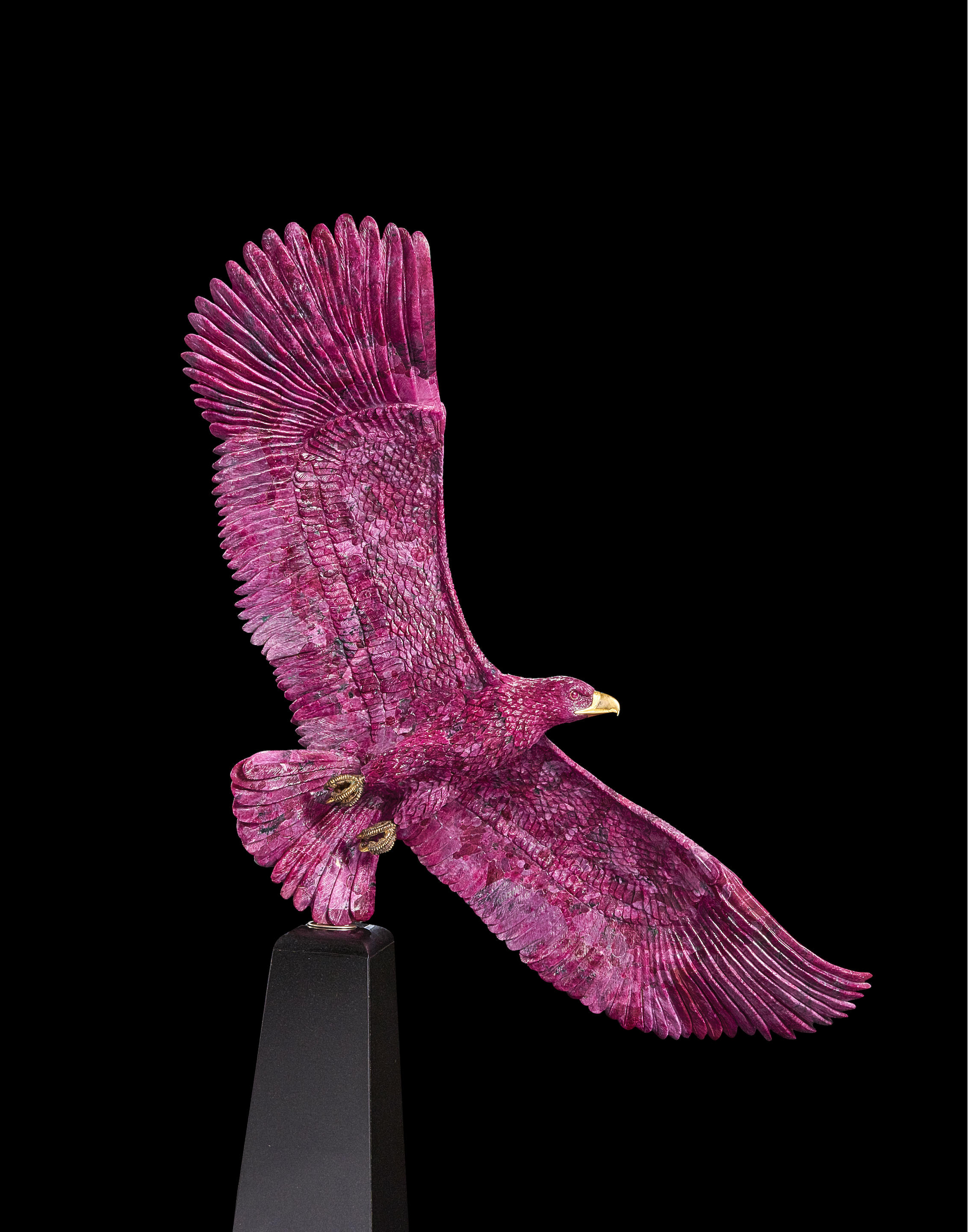
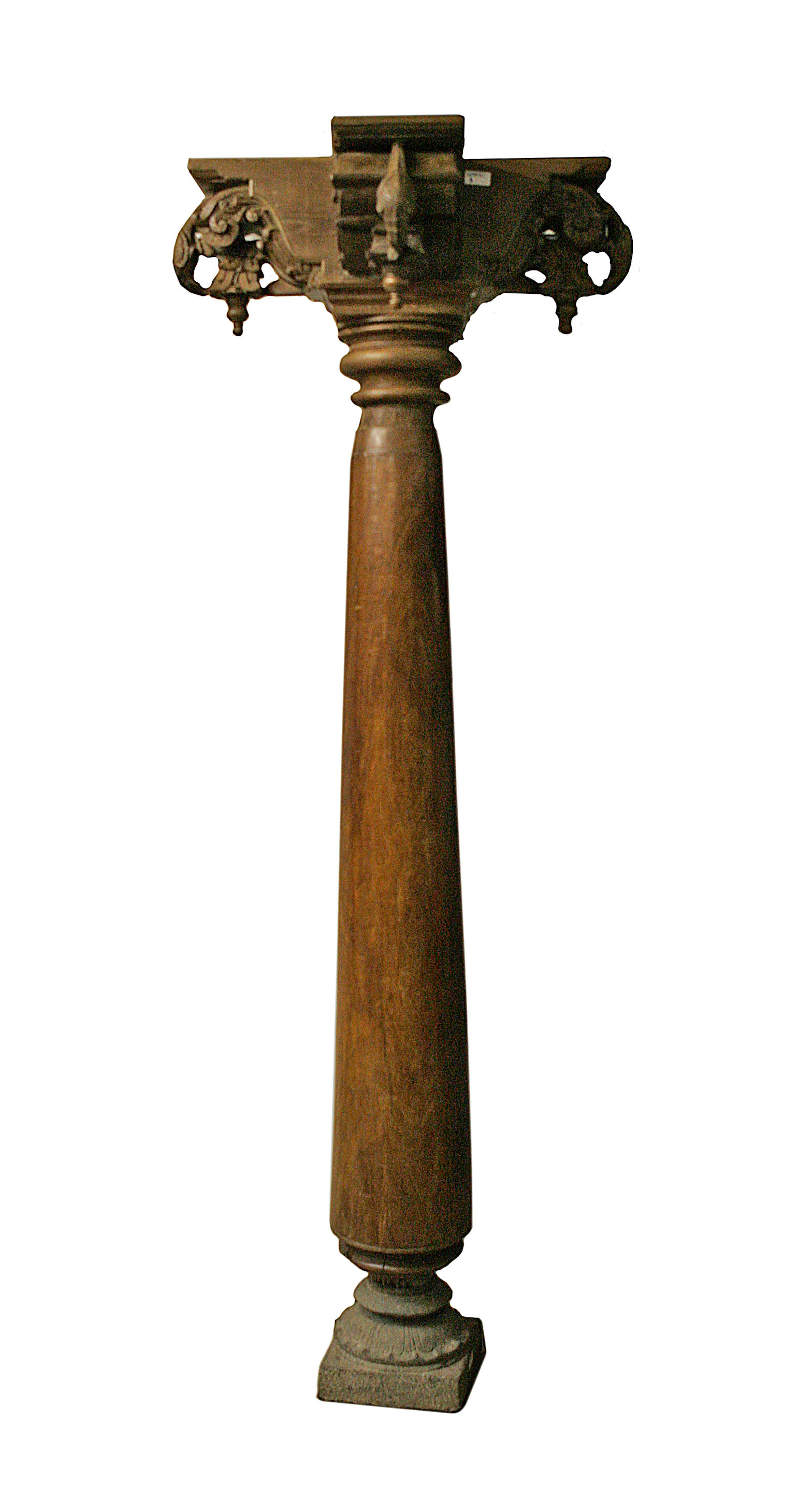
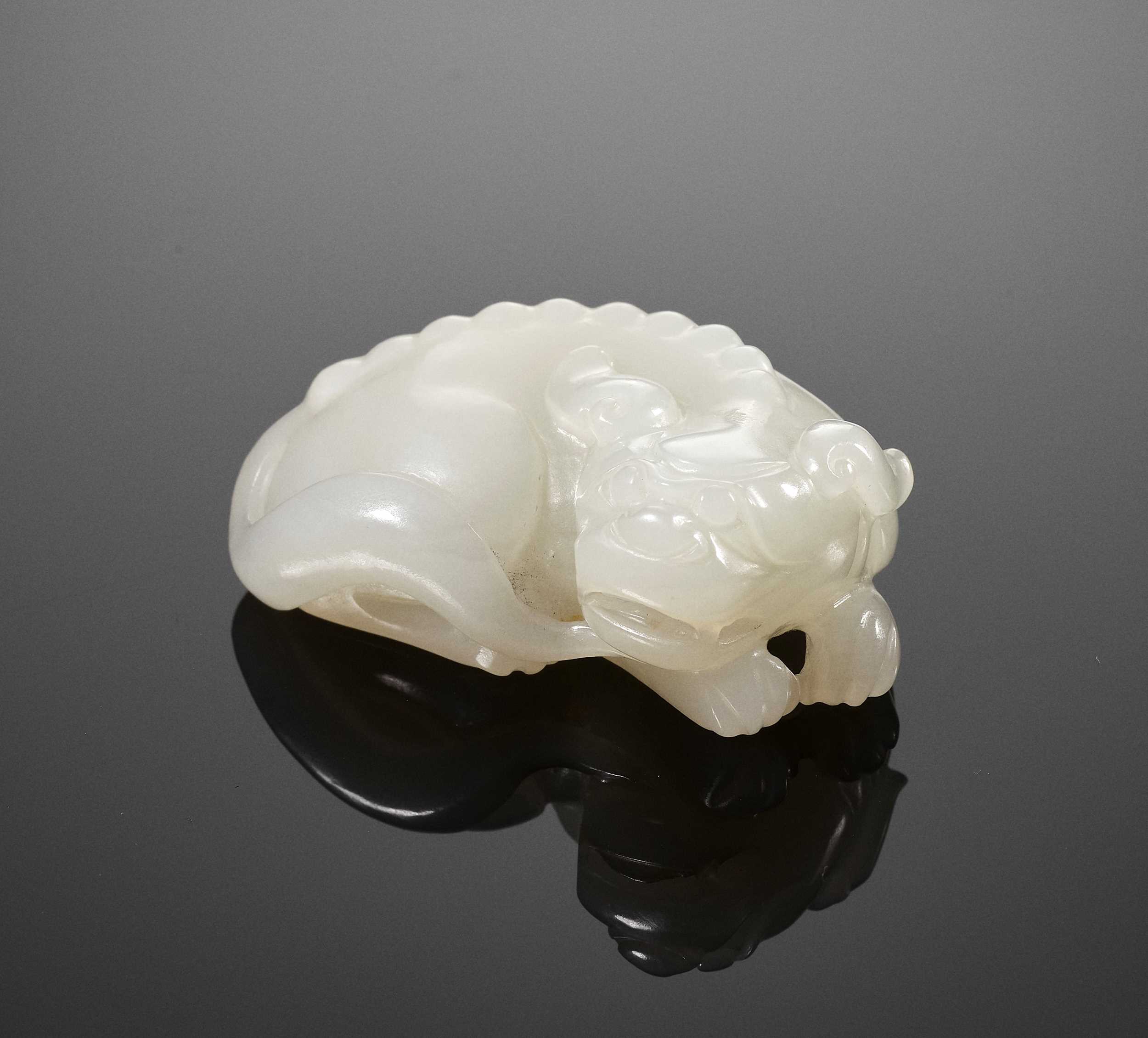
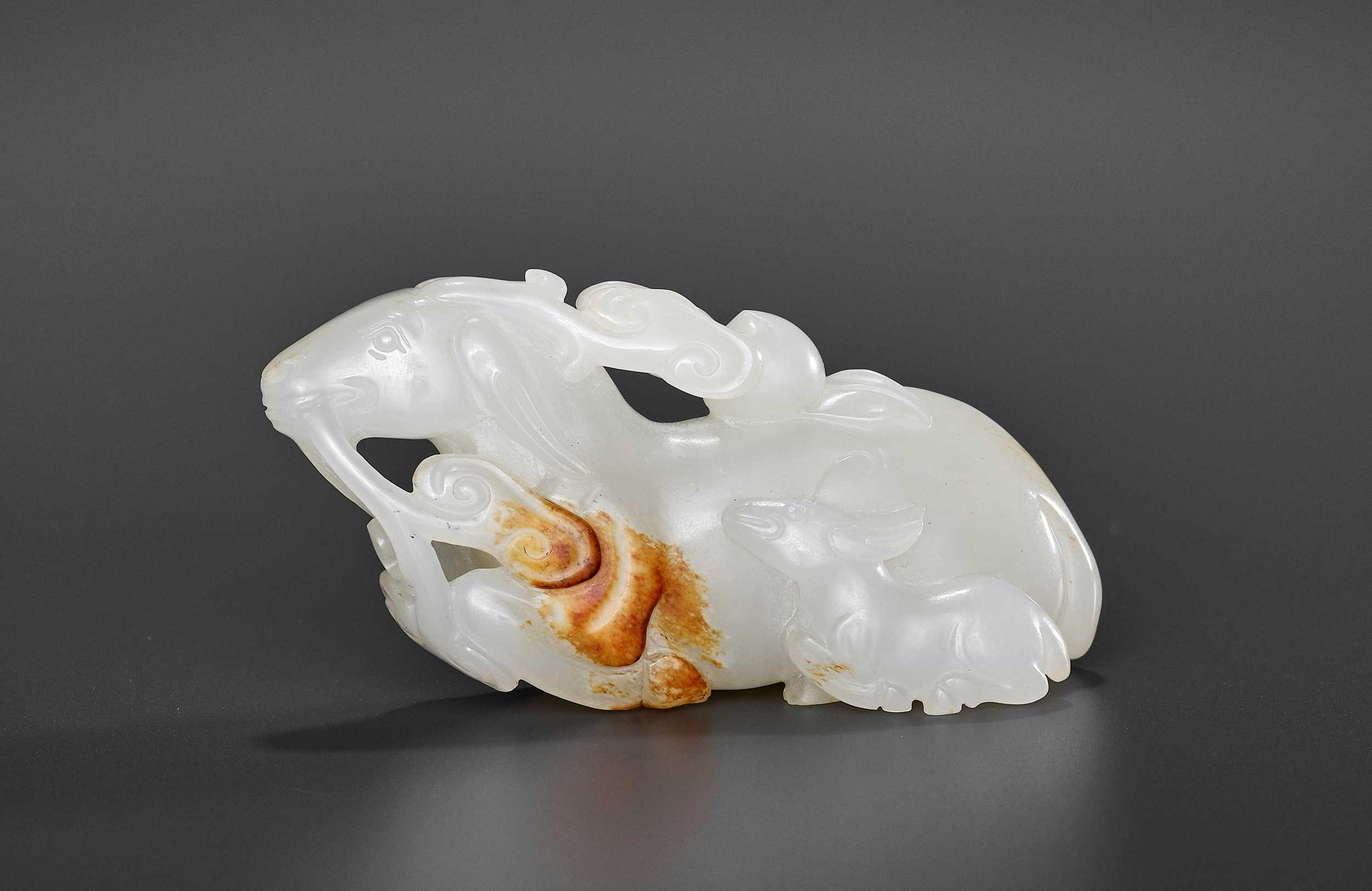


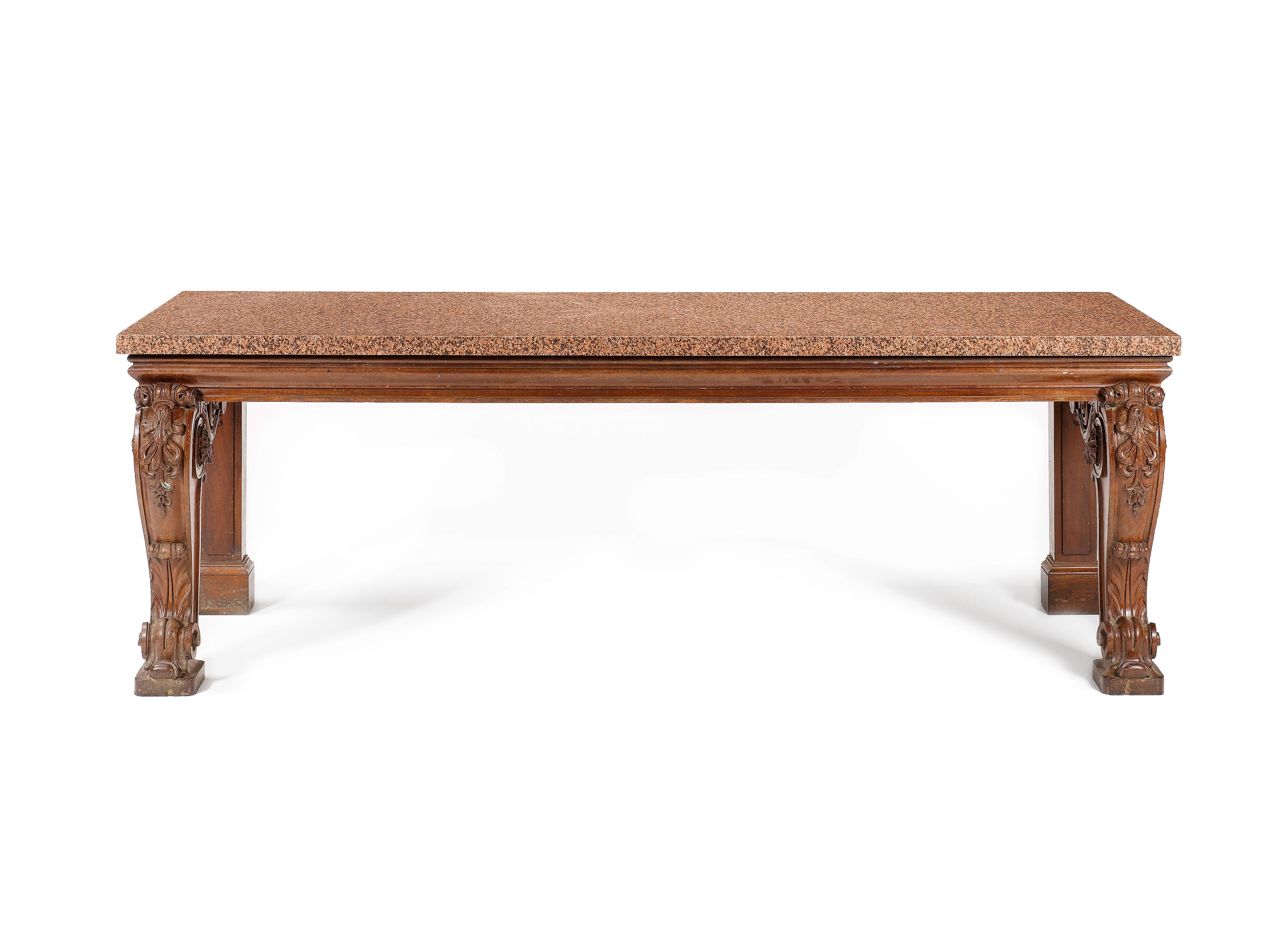


Try LotSearch and its premium features for 7 days - without any costs!
Be notified automatically about new items in upcoming auctions.
Create an alert